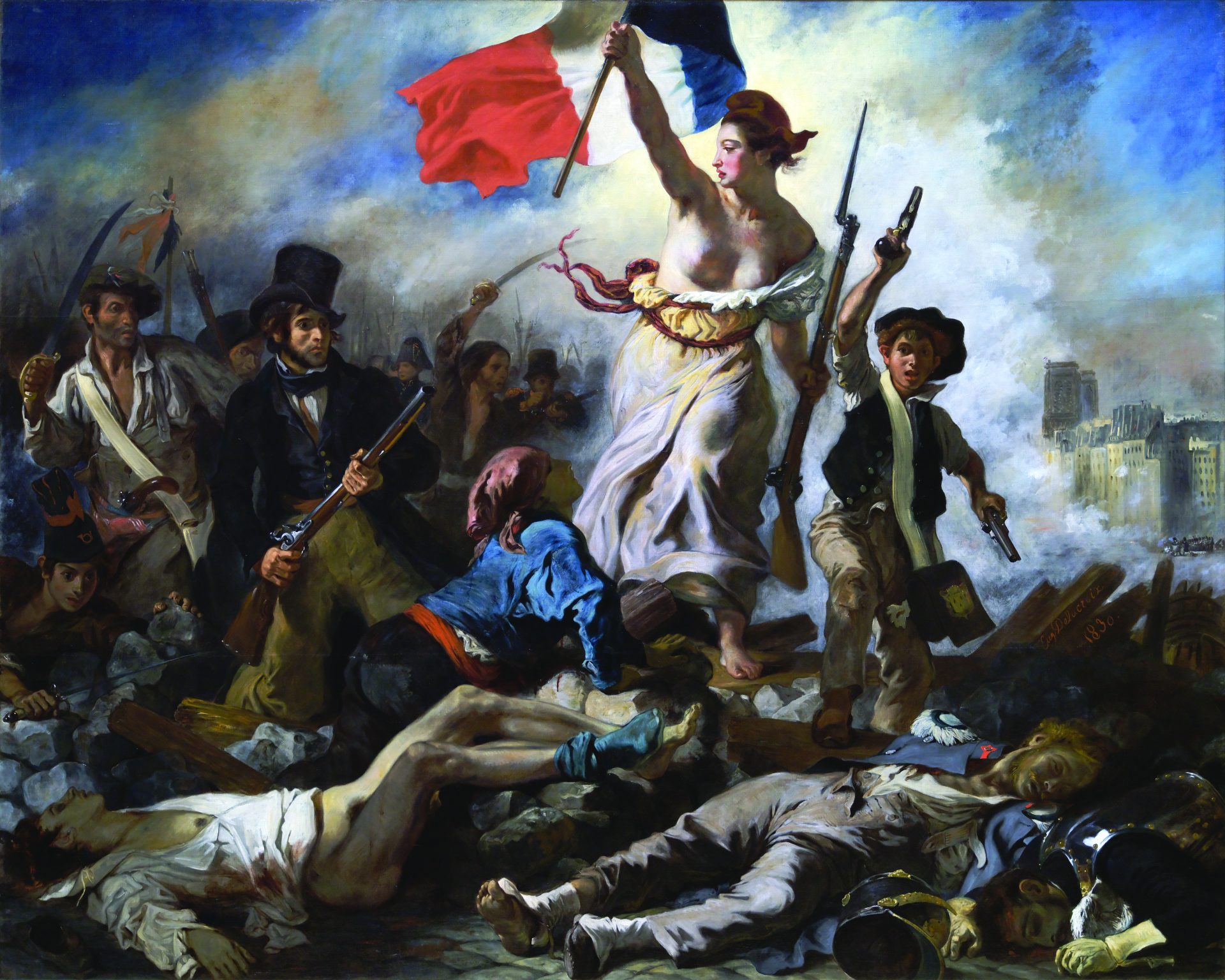
Now that Antonin Scalia (1936–2016) is out of contention, it’s safe to say no sitting Supreme Court justice has the adoring fan base Ruth Bader Ginsburg has. It’s rare for a justice to acquire any sort of public personality; Samuel Alito and Stephen Breyer, for instance, are both ciphers. Clarence Thomas is a mostly mute memento of his bruising confirmation hearings twenty-six years ago. Even Chief Justice John Roberts occupies an eerie middle ground between the Federalist Society’s version of a Blade Runner replicant and the half-forgotten actor who played the heroine’s dim boyfriend on some crappy 1970s sitcom. But Ginsburg? She’s “The Notorious RBG,” a nickname coined by law-student blogger Shana Knizhnik. Along with Scalia, she’s had an opera written about her: Scalia/Ginsburg, by Derrick Wang. And so on.
Compiled by Georgetown University law professors (and devoted admirers) Mary Hartnett and Wendy W. Williams, Ginsburg’s My Own Words (Simon & Schuster, $30) strikes a fetching and even droll balance between her unlikely status as an octogenarian fad figure and the work that places her among the most consequential American women of the past century. Not all the words are hers; besides Hartnett and Williams’s excellent chapter introductions and bridging passages, we get excerpts from Scalia/Ginsburg‘s libretto, which are often a hoot—”Oh, Ruth, can you read?” Wang’s Scalia moans—and a couple of vintage contributions from Martin Ginsburg, her husband for fifty-six years until his death in 2010. Since Ginsburg’s own humor tends to be circumspect, it’s revealing and attractive that the two most prominent men in her life—the other being, of course, her court sparring partner and dear friend Scalia—were both genuinely funny.
Ginsburg’s own writings here range from thirteen-year-old Ruth Bader’s editorial praising the UN Charter in her school newspaper in 1946 to the bench announcements of her key scotus dissents half a century later, an arc that’s clearly meant to be—and is—inspirational. In between comes an assortment of lectures, essays, and miscellaneous prose, including a sample of the determined legal briefsthat first made her prominent as the ACLU’s general counsel on women’s-rights issues. Other pieces range from an entertaining explanation of how she and her scotus colleagues go about doing their jobs to a reconsideration of 1954’s landmark Brown v. Board of Education civil-rights decision, the mighty forerunner to her own work for gender equality.
Particularly interesting are her reflections on the people she calls “Waypavers” and “Pathmarkers”: in one way or another, her own forerunners. Her salutes to the importance of Belva Lockwood, the first woman lawyer ever admitted to the Supreme Court bar, and Sandra Day O’Connor, Ginsburg’s lone predecessor as a female justice, are astute and informed enough to leave you thinking that the Notorious RBG might have made a fairly capable historian. But besides being only the second woman to serve on the court, she’s also only the sixth Jewish justice in US history, and that matters to her, too. So we’re treated to admiring appraisals of self-recused court nominee turned Confederate (!) attorney general Judah P. Benjamin, Louis Brandeis, her current colleague Stephen Breyer, and “Three Brave Jewish Women”: Emma Lazarus, Anne Frank, and Hadassah founder Henrietta Szold.
It would be nice to know Ginsburg’s thoughts on the religious underpinnings of the court’s current divide: three reliably liberal Jewish justices sharing the bench with five mostly conservative Roman Catholics, with nary a Protestant in sight. But any such discussion would, of course, undermine the comity she prizes. Invariably—and unsurprisingly—she sticks to praising her colleagues’ affability while alluding to their ideological differences only in the most abstract, least objectionable terms. Even former chief justice William Rehnquist—no hero to most liberals, particularly after Bush v. Gore—rates a warmly affectionate send-off here.
Ginsburg’s skill at keeping her own ideological bent clear while staying steadfastly unrancorous and measured in how she projects it may go a long way toward explaining why right-wingers have a hard time demonizing her. (Google “Impeach Ruth Bader Ginsburg” out of curiosity, while bracing yourself for the internet at its worst, and you’ll get a mere smattering of hits—reticence that would arouse the late Earl Warren’s envy.) She’s got enough equanimity to cite the sacrosanct (to pro-choicers) Roe v. Wade as an instance of judicial overreach whose negative consequences—i.e., the reactionary backlash it helped spur into being—might very well have been averted if the same goal had been pursued legislatively. That hardly means she’ll ever vote to overturn Roe. It just demonstrates that she isn’t about to pretend the decision was a flawless remedy—and also that she thinks a lot about the right tactics, not just desirable outcomes.
Her true stature as a legal thinker can’t really be evaluated by a nonspecialist. But the amicus briefs and, later, bench announcements included here are recognizably impressive, even to civilians, in their lucidity, calm persuasiveness, and avoidance of jargon on one side and distracting (that is, Scalia-style) captiousness on the other. The more informal writings in My Own Words share those qualities while adding charm, partly because she never condescends to her audience by implying she’s privy to arcana we’re ill-equipped to grasp.
Literature buffs will likely be tickled by whom she credits with educating her about good writing: none other than Vladimir Nabokov, whose student she was at Cornell in the 1950s. You’d give a lot to know whether she and Thomas Pynchon ever sat side by side in his class. But Nabokov—no particular fan of women’s equality—can’t possibly have guessed that petite Ruth Bader was the most important student he’d ever teach, Pynchon not excluded.
Tom Carson is a freelance critic and the author of the novel Daisy Buchanan’s Daughter (Paycock, 2011).






